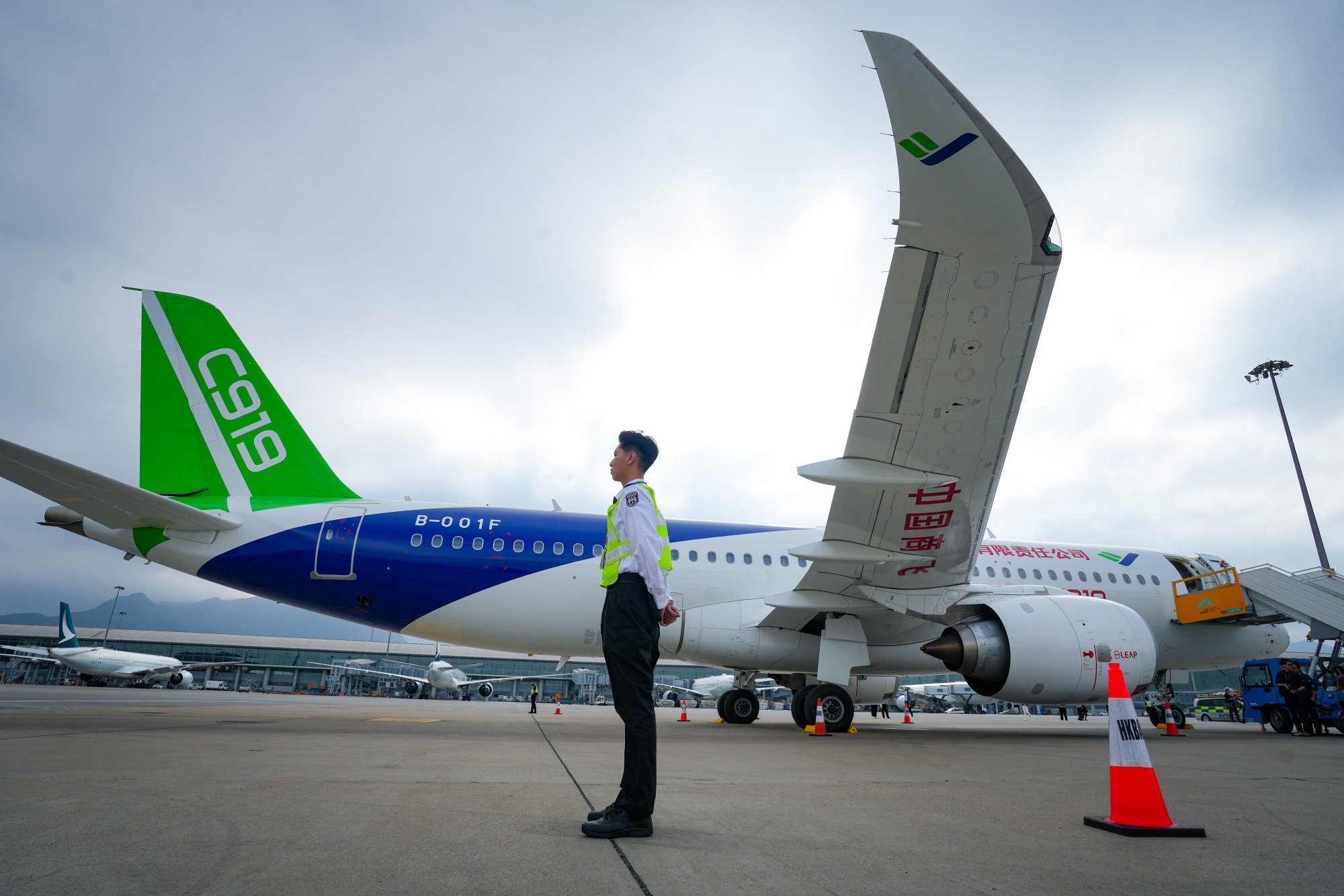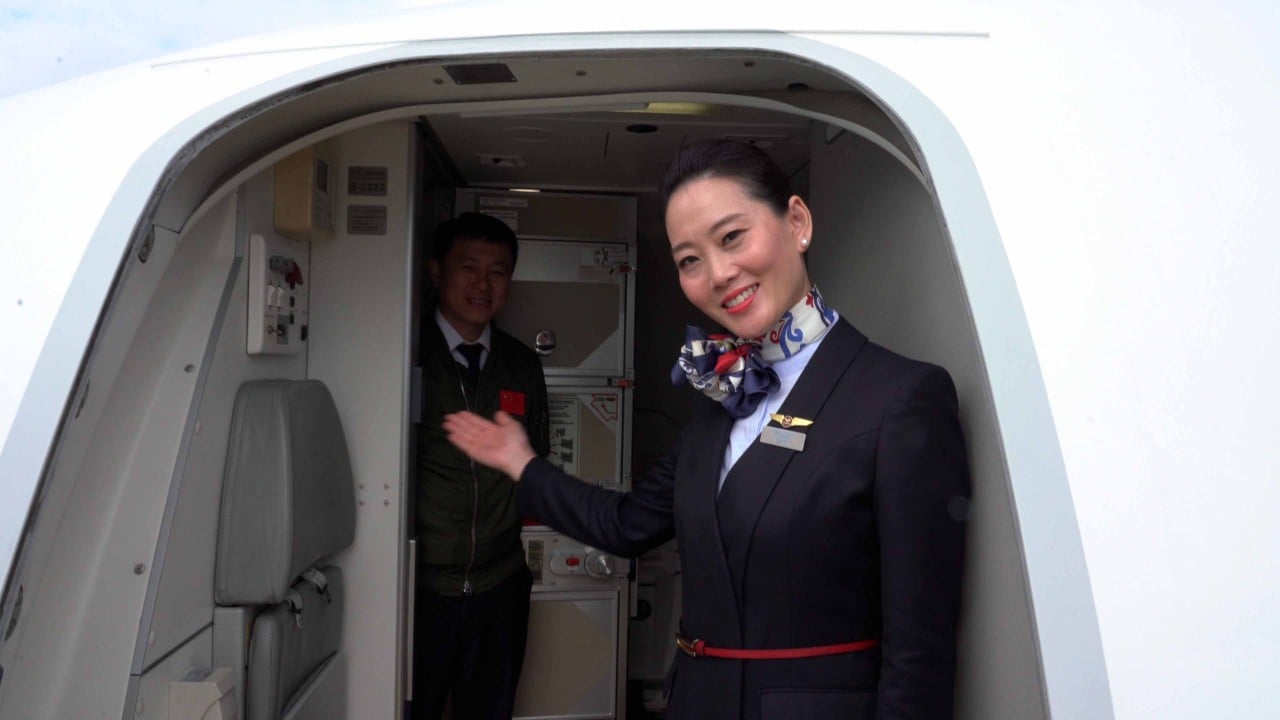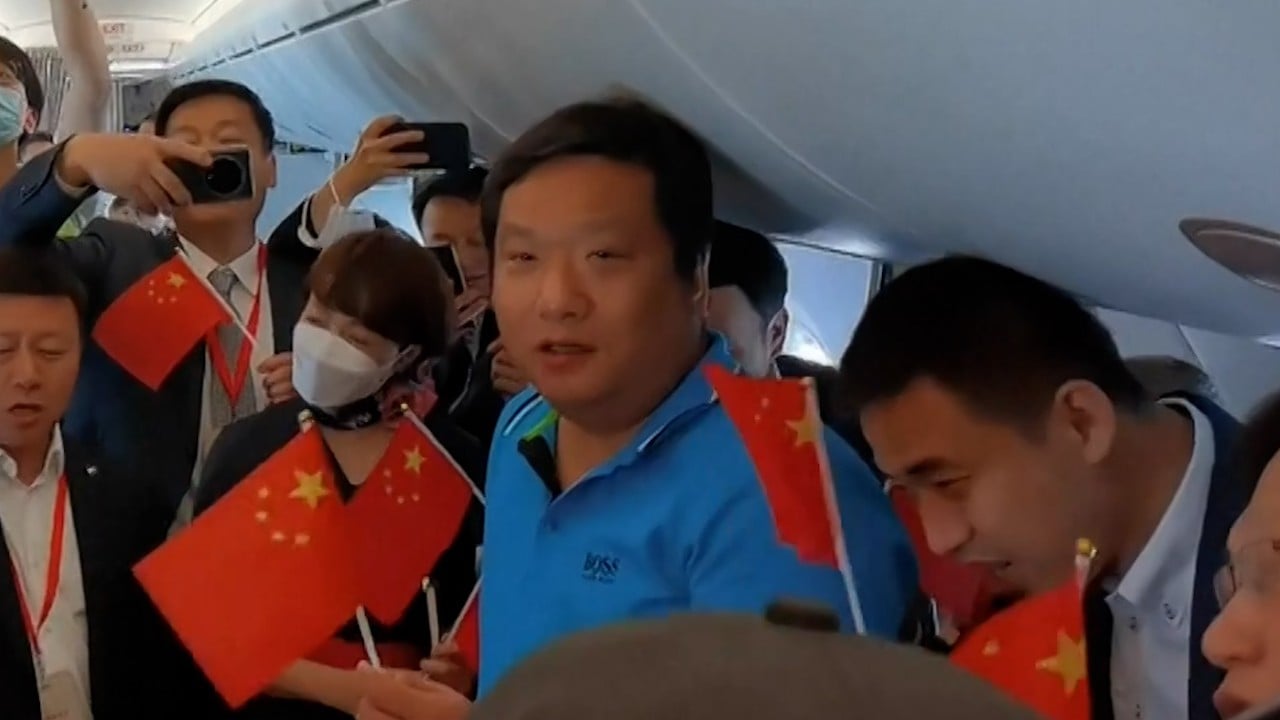Notably, the largest wind tunnels in the West, used for developing new models for Boeing and Airbus, do not surpass 5 metres (16.4ft) in size. In contrast, China boasts four wind tunnels measuring 8 metres or more.
And it appears to have paid off. The C919 boasts a more spacious interior and a lower drag aerodynamic shape compared to its competitors, the Boeing 737 and Airbus A320.
Also, during the cruise phase, the cabin noise of the 737 can reach 80 decibels, while the C919 only produces 60 decibels.
It is cheaper, too. According to Chinese state media, the C919’s overall operating cost, including fuel consumption, is 10 per cent lower than that of its Western competitors.
Nevertheless, this aircraft was designed entirely from scratch using only the wind tunnels in China, representing a “fundamental and original technological breakthrough” for the non-Western world, wrote Wu and his colleagues in the paper.
The construction of such a colossal wind tunnel complex to develop civil aircraft underscores the ambitions of China’s policymakers, which extend beyond mere aircraft production or commercial interests. They aim to fundamentally reshape relations with the West, according to some experts in China’s booming manufacturing sector.
In the early 1980s, Chinese scientists and engineers built a passenger plane called the Y-10 under extremely difficult conditions. This aircraft not only successfully completed test flights but also conducted many flights between cities across the country, including seven landings in Lhasa, Tibet, one of the more challenging places to land due to the high altitude and strong winds.

However, some critics argued that China’s self-developed aircraft was a case of reinventing the wheel, suggesting that investment in research and development would be better spent on purchasing mature products from Western countries.
This decision is now widely regarded as a mistake.
When the Chinese government restarted the civil large aircraft programme in 2007, “there was only one conventional transient wind tunnel with a width of 2.4 metres available nationwide”, Wu wrote in the paper.
Although China’s military has access to numerous wind tunnels, the flight characteristics of civil aircraft differ significantly from those of fighter jets. For example, to conserve fuel and ensure stability, civil aircraft typically cruise at speeds close to the speed of sound, resulting in varying airflow patterns across different parts of the aircraft. Some areas experience airflow far below the wind speed, while others are exposed to supersonic speeds. Precisely recreating these scenarios poses significant challenges for Chinese designers.
A short-cut would have been to simply replicate foreign wind tunnel designs, but there were some reasons to avoid this approach. Firstly, it would have concealed some crucial technical issues. Secondly, Chinese aircraft designers were unwilling to bear the stigma of being copycats. They were aspiring to construct a high-quality aircraft using superior techniques. It meant they needed wind tunnels that surpassed anything available overseas, Wu said.
Now, China’s nationally built large aircraft wind tunnel complex has caught up with – and passed – the Western world, but its ambitions do not stop at “achieving world-class standards”. Instead, the engineers said, it aims to achieve even greater breakthroughs “against the backdrop of great power competition”.
One critical area of focus is providing better support for “aerodynamic stealth requirements, flying wing layout and wing-body fusion layout”, they said.
However, with new technologies come increased risks, which would require extensive wind tunnel testing to mitigate and identify innovative solutions, the engineers said.
In addition to the large stealth bomber, China is also pursuing other military and civil aircraft technologies that aim to eclipse those of the West. To this end, “a new batch of wind tunnels, designed to meet the development needs of future models, is currently under construction”, they said.



